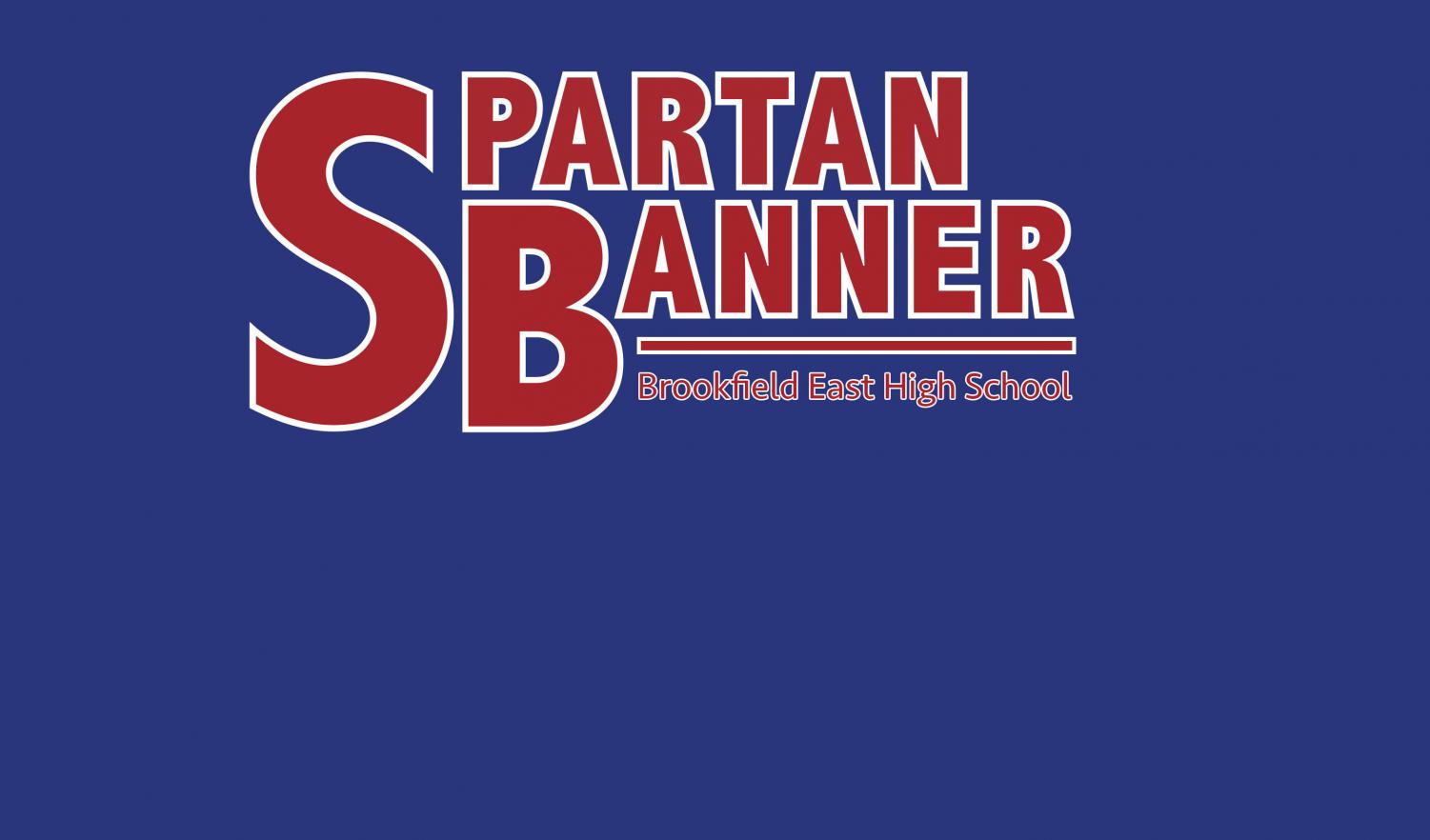Media literacy is using critical thinking to understand media, which is increasingly important in an age of misinformation¹. On paper, it sounds straightforward — “Don’t believe everything you hear.” However, it can be harder to implement in practice. While we’ve been taught to distinguish truth from misinformation in the academic setting, we rarely discuss how to apply these skills to our social media usage and daily lives.
To understand how to avoid misinformation, we need to understand how social media platforms work. Platforms are designed to maximize the time users spend. By using algorithms, they show users content tailored to their specific interests and preferences². This approach keeps users engaged and increases the chances of them seeing targeted advertisements.
Although targeted advertisements can improve the user experience, they also create environments where misinformation can succeed. When users are only exposed to information that aligns with their existing beliefs, it can become harder to recognize and challenge false information. Emotionally charged content can also spread misinformation more easily.
Traditional market advertising has also used eye-catching tricks for decades. For instance, Coca-Cola has been using Santa Claus to associate their brand with something festive like Santa Claus to encourage people to drink more Coca-Cola during the holiday season since the 1930s⁶. Many social media content consumers don’t comprehend that the same methods are used to spread information online.
Misinformation matters because it can harm individuals and communities. This is illustrated because misinformation can weaken trust in institutions and media. When people are consistently exposed to false information, they may become skeptical of credible sources and doubt reliable information.
Misinformation is also harmful because of public health risks. False information about health and medicine can lead to dangerous actions. For instance, misinformation about vaccines or treatments can cause people to make harmful health decisions.
False information can also influence political opinions and outcomes. It can warp public perception of candidates, policies, and events, affecting the fairness of elections and similar processes.
Being media literate ensures critical thinking and the ability to navigate misinformation. Media literacy helps to develop critical thinking skills by analyzing content and letting individuals examine the credibility of the information they come across. Nowadays, misinformation and fake news are widespread but media literacy helps people recognize and question false information, reducing the spread of misinformation.
To become media literate, there are many habits involved. One habit is to think critically about how to frame a search². If a search is phrased towards one perspective, the search engine will show results that match that perspective. To avoid this, it’s best to try searching with different perspectives.
Another habit is to question and investigate the source. Ask where the information comes from and check to see if the source is reliable and has a history of accurate information³. To do this, check the author to see if they are credible and look for supporting sources which are typically at the bottom of articles.
An additional habit is to acknowledge that all media sources have bias. However, a media literate would use this to their advantage and would seek out other views from other sources to find the most accurate information.
In conclusion, media literacy is using critical thinking to understand the media, particularly in an age of widespread misinformation. Misinformation has many downsides, including the erosion of trust, public health risks, and political consequences. To become media literate, one must develop several habits, such as framing a source, asking questions/investigating sources, and acknowledging that all media sources have bias.




